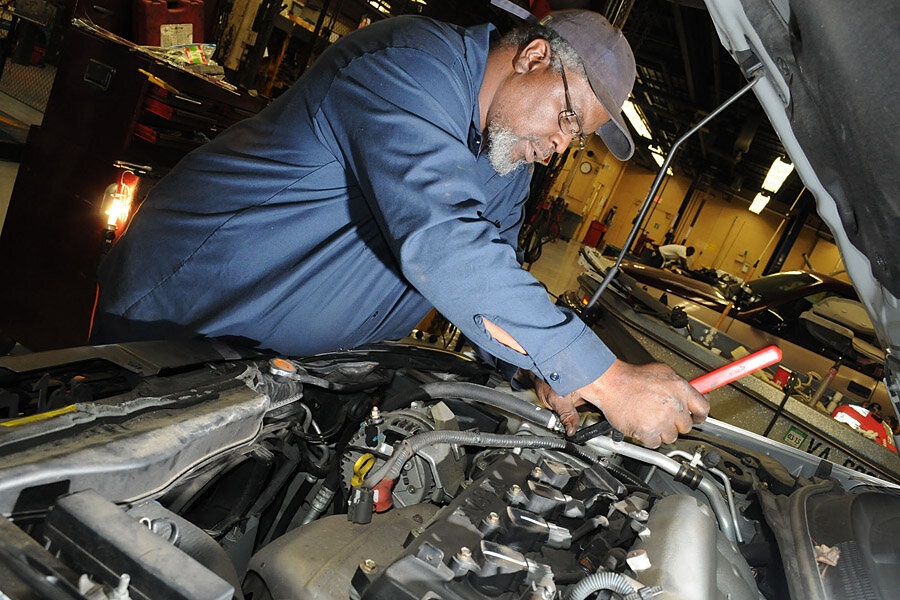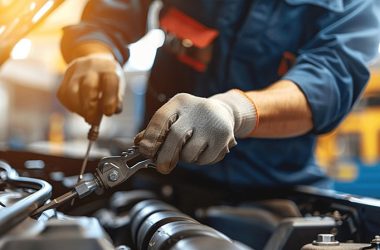Power locks in modern vehicles are a convenience we often take for granted. When they function smoothly, locking and unlocking doors with a simple press of a button, we barely notice them. However, when they begin to slow down, hesitate, or even fail altogether, it can be a frustrating and even concerning issue. Identifying the root cause of slow power locks is crucial for restoring their proper function and preventing further damage to the locking system.
Pinpointing the Culprit: Common Causes
Several factors can contribute to slow power locks. One of the most common is a weakening or faulty actuator. The actuator is the small electric motor responsible for physically moving the locking mechanism. Over time, these actuators can wear out, weaken, or become clogged with debris, leading to reduced torque and slower operation. Another potential culprit is wiring and connections. Corrosion, loose connections, or damaged wiring can impede the flow of electricity to the actuator, resulting in sluggish performance. Furthermore, mechanical resistance within the locking mechanism itself can play a significant role. Dried or contaminated grease, bent linkages, or worn components can create friction, making it harder for the actuator to move the lock. Going for the Auto Repair in Reynoldsburg, OH based service is essential for a smart solutions.
Diagnostic Steps: Isolating the Problem
To diagnose the issue, a systematic approach is essential. Start by visually inspecting the wiring and connections for any signs of corrosion, damage, or loose connections. Use a multimeter to test the voltage reaching the actuator to ensure it’s receiving adequate power. If the wiring checks out, focus on the actuator itself. Listen for any unusual sounds emanating from the actuator when the lock is activated. A weak buzzing or straining sound can indicate a failing motor. Manually lubricating the locking mechanism with appropriate grease can sometimes resolve issues related to mechanical resistance.
Simple Solutions: Maintenance and Lubrication
In many cases, addressing slow power locks can be relatively straightforward. Cleaning and lubricating the locking mechanism with a silicone-based grease is often a surprisingly effective solution. This helps to reduce friction and ensure smooth movement. Before lubricating, thoroughly clean any old, dried grease and debris from the linkages and moving parts. Tightening any loose connections in the wiring harness can also improve performance. If corrosion is present, use a wire brush and electrical contact cleaner to remove it.
Advanced Repairs: Replacing Components
If simple maintenance doesn’t resolve the issue, more involved repairs may be necessary. Replacing a faulty actuator is often the next step. This typically involves removing the door panel, disconnecting the old actuator, and installing a new one. Make sure to purchase a high-quality replacement actuator that is compatible with your vehicle’s make and model. In situations where the wiring is severely damaged or the central locking control module is failing, professional electrical diagnostics and repairs may be required.
Prevention is Key: Regular Maintenance
Preventing slow power locks is always better than dealing with the problem after it arises. Regularly lubricating the locking mechanisms, especially during seasonal changes, can help to prevent friction and wear. Inspecting the wiring and connections periodically and addressing any signs of corrosion early on can also extend the lifespan of your power lock system.











